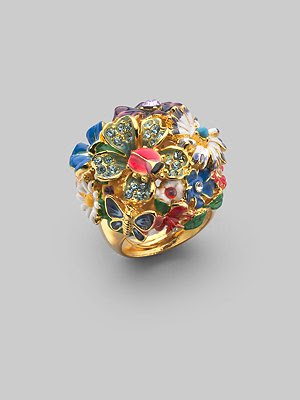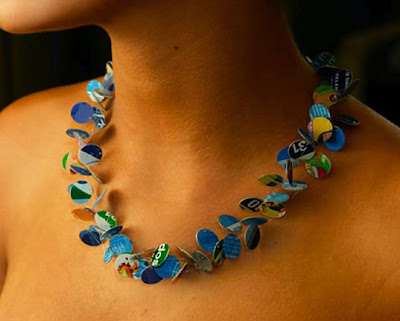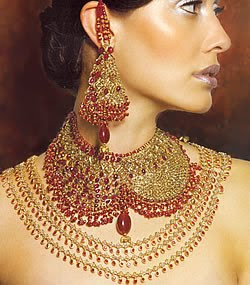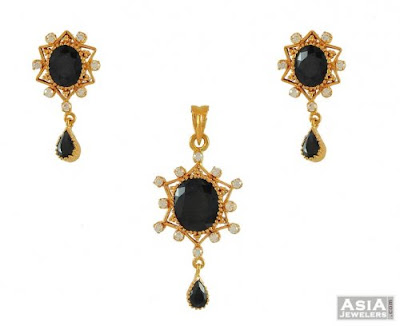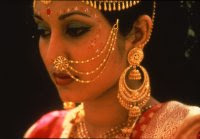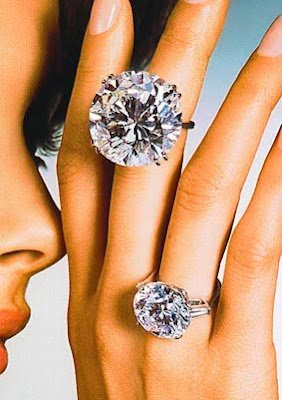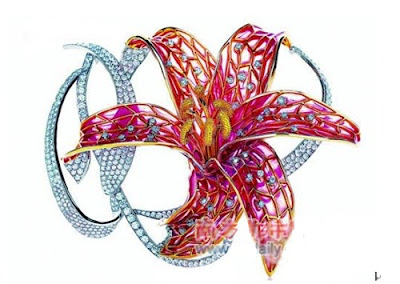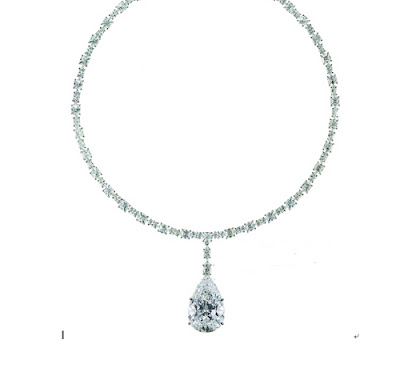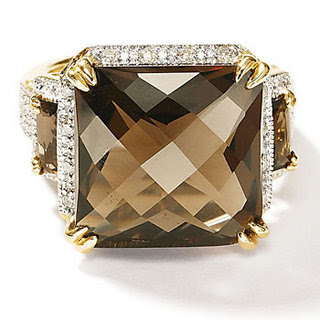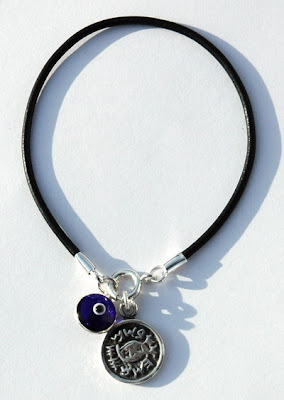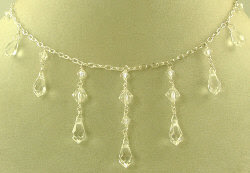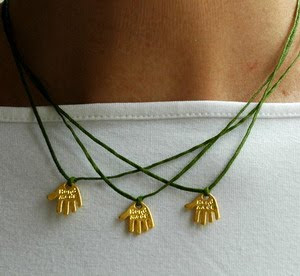Gold Jewelry
Buying gold jewelry can be fun, exciting and confusing. Whether you’re considering a gift of gold jewelry for someone special or as a treat for yourself, take some time to learn the terms used in the industry. Here’s some information to help you get the best quality gold jewelry for your money, whether you’re shopping in a traditional brick and mortar store or online.
Gold
The word gold, used by itself, means all gold or 24 karat (24K) gold. Because 24K gold is soft, it’s usually mixed with other metals to increase its hardness and durability. If a piece of jewelry is not 24 karat gold, the karat quality should accompany any claim that the item is gold.
The karat quality marking tells you what proportion of gold is mixed with the other metals. Fourteen karat (14K) jewelry contains 14 parts of gold, mixed in throughout with 10 parts of base metal. The higher the karat rating, the higher the proportion of gold in the piece of jewelry.
Most jewelry is marked with its karat quality, although marking is not required by law. Near the karat quality mark, you should see the name of the U.S. registered trademark of the company that will stand behind the mark. The trademark may be in the form of a name, symbol or initials. If you don’t see a trademark accompanying a quality mark on a piece of jewelry, look for another piece.
Solid gold refers to an item made of any karat gold, if the inside of the item is not hollow. The proportion of gold in the piece of jewelry still is determined by the karat mark.
Jewelry can be plated with gold in a variety of ways. Gold plate refers to items that are either mechanically plated, electroplated, or plated by any other means with gold to a base metal. Eventually, gold plating wears away, but how soon will depend on how often the item is worn and how thick the plating is.
Gold-filled, gold overlay and rolled gold plate are terms used to describe jewelry that has a layer of at least 10 karat gold mechanically bonded to a base metal. If the jewelry is marked with one of these terms, the term or abbreviation should follow the karat quality of the gold used (for example, 14K Gold Overlay or 12K RGP). If the layer of karat gold is less than 1/20th of the total weight of the item, any marking must state the actual percentage of karat gold, such as 1/40 14K Gold Overlay.
Gold electroplate describes jewelry that has a layer (at least .175 microns thick) of a minimum of 10 karat gold deposited on a base metal by an electrolytic process. The terms gold flashed or gold washed describe products that have an extremely thin electroplating of gold (less than .175 microns thick). This will wear away more quickly than gold plate, gold-filled or gold electroplate.








